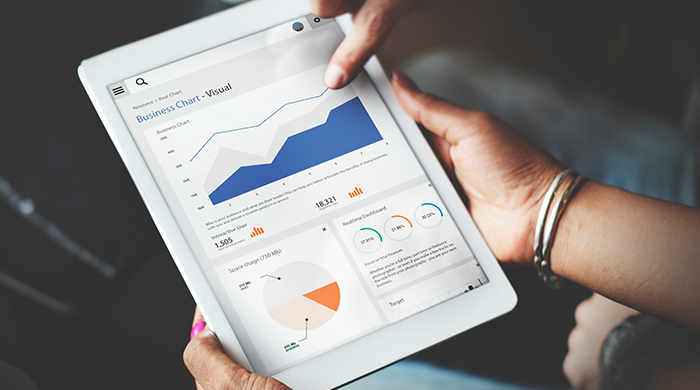
Analysing Market Research Data? You need to know about the use of Statistical Models
What is Statistics?
Statistics is a specialised discipline of Mathematics that deals with the analysis of data through quantified models, representations and synopses. Statistics studies methodologies to gather, review, analyse and draw conclusions from data.
How is Statistics important in Market Research?
Data analysis in a Market Research project is the stage when Qualitative Data, Quantitative Data, or a mixture of both, is brought together and scrutinized in order to draw conclusions based on the data. Marketers often use tools like Correlation, Regression, z- or t-tests, and Cluster Analysis, all of which are based on the principles of Statistical Analysis. The use of these tools requires the researcher to make fewer decisions and present him with ready-made analysis of a complex set of data that can be further used upon for various purposes including forecasting.
Why should marketers and business decision makers care about Statistical research?
Often marketers work on a two pronged objective – to identify the target market accurately and to use effective Integrated Marketing Communication channels and tactics to reach it. Statistics can help the marketer achieve both of those goals. Statistical Analysis can also help evaluate the success of an ongoing Marketing effort and provide data on which can help in bringing effective changes to the existing program.
Marketers often rely on research, both Primary and Secondary, to gather Market Intelligence based on which decisions are being made related to product or Marketing Campaigns. However, the success of such decision making also depends on how well the data is analysed. The various models of Statistical Analysis have proved to be a boon in Data Analysis and helps marketing departments not only to identify Market Trends but also to measure and evaluate the potential and success of marketing programs.
Even senior managerial executives responsible for critical business decision making also can rely on Statistical Techniques to help them make sense of the enormous data that they often handle. Statistical methods are widely used to identify study and solve various complex problems related to economy and business. Accurate Data Analysis and Statistical Forecasting can help predict the future values for business in terms of future trends and patterns.
What are the various types of Statistical Analysis in Market Research?
Factor Analysis: This method is used to establish what the strongest underlying dimensions of a bigger set are of inter correlated variables.
Cluster Analysis: This method is used when the goal is to group a set of data objects together into homogenous groups (i.e. a cluster).
Conjoint Analysis: This method is used when the purpose is to distinguish how market research respondents perceive and evaluate different variables that are part of a product or service.
Multiple Regression: This method is used to predict the value of a variable, based on changes to two or more different variables.
Discriminant Analysis: This method is used for predicting membership in a group (or population or cluster) based on measured characteristics of other variables.